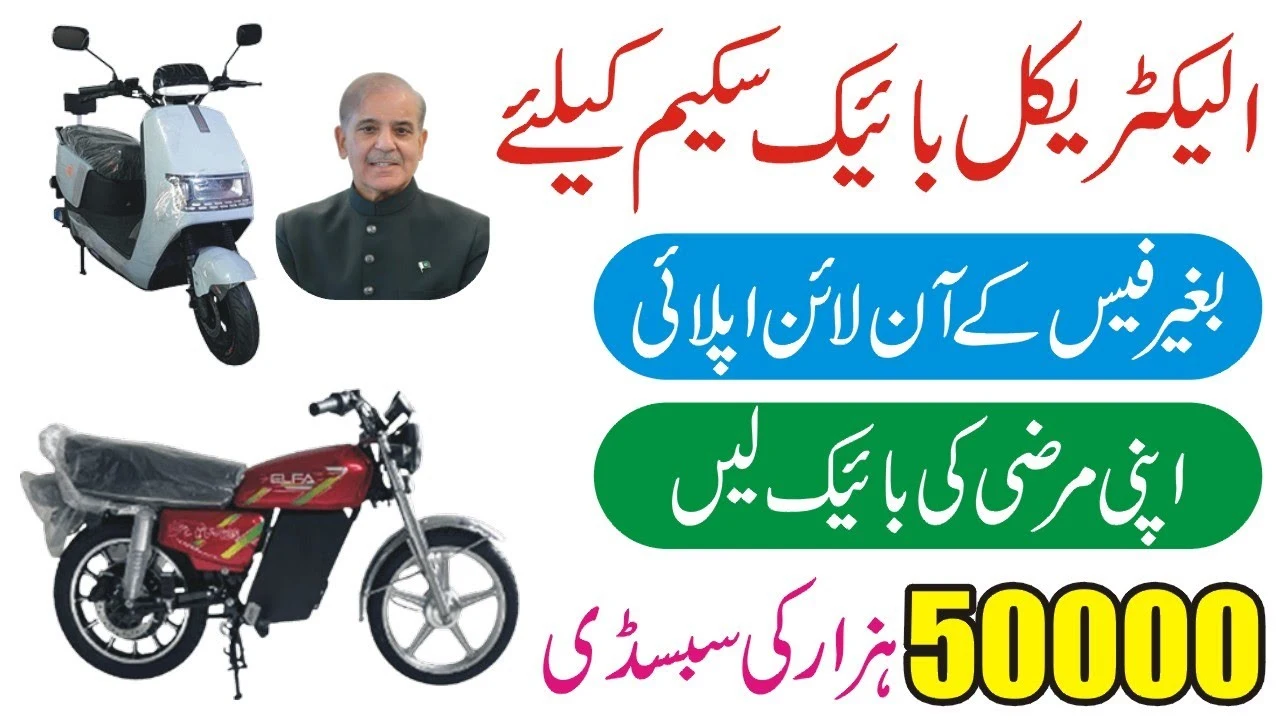CM Authorizes PKR 5000 for Each Acre
Chief Minister Maryam Nawaz Sharif has approved a Rs 5000 per acre wheat subsidy for over 600,000 farmers in Punjab as part of the ongoing Kissan Card initiative. The initiative aims to ease the financial burden on small- and medium-scale farmers and promote food security through enhanced wheat production. The initiative has been expanded to benefit both registered and unregistered farmers, making it one of the most inclusive subsidy efforts in the province’s history.
You can read more: Phase 2 Online Registration for the ACAG.Punjab.Gov.PK Portal Began in April 2025
The Punjab government has also announced billions of rupees for future crop cycles to strengthen the agricultural economy. This comes as input costs for wheat cultivation have increased, impacting farmers’ profit margins and national food output.
Important Aspects of the Wheat Assistance Program
Wheat Subsidy Initiative in Punjab
• Directly aids wheat growers in improving yield and reducing input costs.
• Offers Rs 5,000 subsidy per acre for wheat cultivation.
• Eligible for over 600,000 farmers across Punjab.
• Disbursed via the Kissan Card platform.
• Additional billions allocated for future crop cycles.
• Aims to restore trust in government-backed agricultural reforms.
Performance of the Kissan Card Scheme Thus Far
Rural financing has greatly improved because of Punjab’s Kissan Card scheme, a digital platform for agricultural assistance. Inspiring data indicates that Rs 36 billion has been spent on seeds, fertilizer, and pesticides by farmers who have used the platform to buy necessary supplies and obtain financial assistance. Farmers have returned Rs 22 billion, and 60% of loan disbursements have been finished. 50% of wheat subsidy applications have been validated, and the second round of Kissan Card payouts for the next crop season is currently in progress. These numbers show how well Punjabi farmers are able to manage their financial resources.
| Aspect | Details |
|---|---|
| Subsidy Amount | PKR 5,000 per acre |
| Beneficiaries | Over 600,000 farmers in Punjab |
| Platform | Kissan Card |
| Coverage | Registered and unregistered farmers |
| Purpose | Reduce input costs, boost wheat yield, support rural economy |
| Future Investment | Billions allocated for upcoming crop cycles |
| Loan Performance (Kissan Card) | Rs 36B spent, Rs 22B returned, 60% disbursement completed |
| Contractor Inclusion | Under review for equal support as landowners |
| Solar Tube Well Scheme | Aims to cut electricity costs and ensure irrigation |
| Long-Term Goals | Modernization, tech adoption, food security, financial inclusion |
Inclusive Policy Benefits Contractors as Well
The Punjab government is reviewing proposals to allow land contractors and tenant farmers to receive the same support as landowners in the wheat subsidy initiative. This move acknowledges the diversity of modern farming arrangements in rural Punjab and signals the government’s commitment to expanding the definition of a “farmer” to include all those actively involved in agricultural work.
Agricultural Tube Well Solarization
Chief Minister Maryam Nawaz Sharif reviewed the solarization scheme for tube wells, aiming to reduce electricity costs and ensure uninterrupted irrigation during critical farming periods. This project is expected to provide long-term, cost-effective relief and align with global agricultural trends that prioritize environmentally friendly and energy-efficient farming practices. Power outages and fuel expenses often result in crop failures or reduced yields.
Long-Term Goals for Reforming Agriculture
The Punjab government is implementing subsidy and Kissan Card initiatives as part of a broader agricultural reform agenda. CM Maryam Nawaz emphasizes modernization, technological inclusion, and financial empowerment for food security and economic stability. The reforms aim to increase crop productivity, make farming profitable, promote financial inclusion, reduce reliance on expensive energy sources, and digitize subsidy delivery. The agriculture sector is now a priority for long-term development and modernization in Punjab.
You can read more: Punjab Chief Minister Maryam Announces 0.6 Million Farmers’ Wheat Support Price Under Kisan Card Relief
A Head of State With an Eye Beyond Farming
CM Maryam Nawaz, a prominent figure in Punjab, has demonstrated leadership in various public service areas, including visiting CMH Hospital in Lahore to meet soldiers injured during Indian aggression. She praised their bravery and offered prayers for their recovery. On International Nurses Day, she praised the province’s nurses, highlighting their courage, compassion, and commitment. She emphasized that nursing is a sacred duty, and her government is working to improve nursing education and infrastructure in Punjab.
In Conclusion
The Punjab government has approved a PKR 5000 per acre wheat subsidy, a significant step towards agricultural development. The subsidy, which is accessible to a wide range of farmers, will extend reforms like solar tube wells and contractor eligibility. The initiative is expected to positively impact rural livelihoods, crop yields, and food security, potentially leading to significant productivity and sustainability transformation in Punjab’s agricultural sector.

FAQs
1. Who may receive the wheat subsidy of PKR 5,000 per acre?
Punjab’s farmers, both registered and unregistered, are eligible. Over 600,000 small and medium-sized farmers are intended to benefit from the subsidy, which is a component of the Kissan Card program.
2. How will farmers receive their share of the subsidy?
Direct distribution of the subsidies via the Kissan Card platform would provide openness and prompt access to money for the purchase of seeds, fertilizer, and other inputs.
3. Does the subsidy program cover tenant farmers and land contractors?
Proposals to include tenant farmers and contractors are presently being reviewed by the Punjab government. Recognizing contemporary agricultural patterns and expanding the subsidy’s reach are the goals of this stage.





